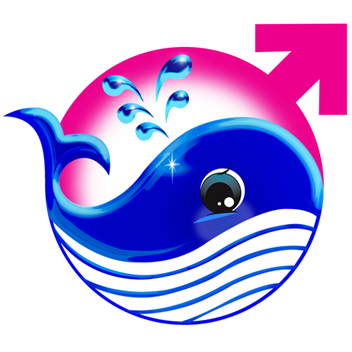In this article, we will explore everything you need to know about corynebacterium, including:
- Symptoms
- Causes
- Treatment
- Prevention
Introduction
Corynebacterium is a genus of bacteria found in various environments and as normal flora on human skin.
Though often harmless, some species can cause infections, with Corynebacterium diphtheriae being the most well-known for causing diphtheria.
In this article, we discuss the symptoms, causes, treatment, and prevention of infections caused by corynebacterium.

First Half of the Main Content
Symptoms of Corynebacterium
Symptoms of corynebacterium infections vary depending on the specific species and the area of the body affected.
In the case of Corynebacterium diphtheriae, symptoms include fever, sore throat, and difficulty breathing or swallowing due to a thick gray membrane in the throat.
Other species, such as Corynebacterium jeikeium, can cause infections in immunocompromised individuals, with symptoms ranging from skin infections to more severe bloodstream infections.
Causes of Corynebacterium
Corynebacterium infections occur when the bacteria enter the body through a break in the skin or the respiratory tract.
The transmission can happen through person-to-person contact or contact with contaminated surfaces or objects.
Some individuals, such as young children, the elderly, and those with weak immune systems, are more susceptible to these infections.
Treatment of corynebacterium
Treatment for corynebacterium infections depends on the specific species and the severity of the infection.
For diphtheria, antibiotics like penicillin and erythromycin are used to kill the bacteria, while antitoxin is administered to neutralize the toxins produced.
For other infections, appropriate antibiotics based on culture and sensitivity tests should be prescribed.
It is essential to complete the full course of antibiotics, even if symptoms improve.
Prevention of corynebacterium
Preventing corynebacterium infections involves several measures, such as proper hygiene and vaccination.
Regular handwashing, avoiding close contact with infected individuals, and disinfecting contaminated surfaces are effective ways to reduce the risk of infection.
The diphtheria vaccine, part of the childhood immunization schedule, is crucial in preventing diphtheria.
Second Half of the Main Content
Risks and Complications
Failure to treat corynebacterium infections, particularly diphtheria, can lead to severe complications such as airway obstruction, myocarditis, and nerve damage.
Delayed or inadequate treatment may increase the risk of these complications or cause the infection to become chronic or recurrent.
Emerging Challenges
With the ongoing development of antibiotic resistance, some corynebacterium species are displaying resistance to conventional antibiotic treatments.
To ensure effective treatment and curb the spread of antibiotic-resistant strains, healthcare providers must stay updated on the latest guidelines and research.
Public Health Perspective
Corynebacterium infections are a public health concern and require constant monitoring and control.
Adequate vaccination coverage, routine surveillance, and proper infection control practices in healthcare settings are paramount to preventing outbreaks and containing the spread of infection.
Conclusion
Understanding corynebacterium, its symptoms, causes, treatment, and prevention is essential for maintaining public health and personal well-being.
By following preventive measures, seeking timely treatment, and adhering to prescribed treatment courses, the risks associated with these infections can be effectively managed, and their spread can be minimized.
